7 ways the top quick-serve restaurant apps engage their users
Quick-serve restaurants lead the pack when it comes to engaging with customers via mobile apps. Read about how seven of the most successful QSR apps do it!
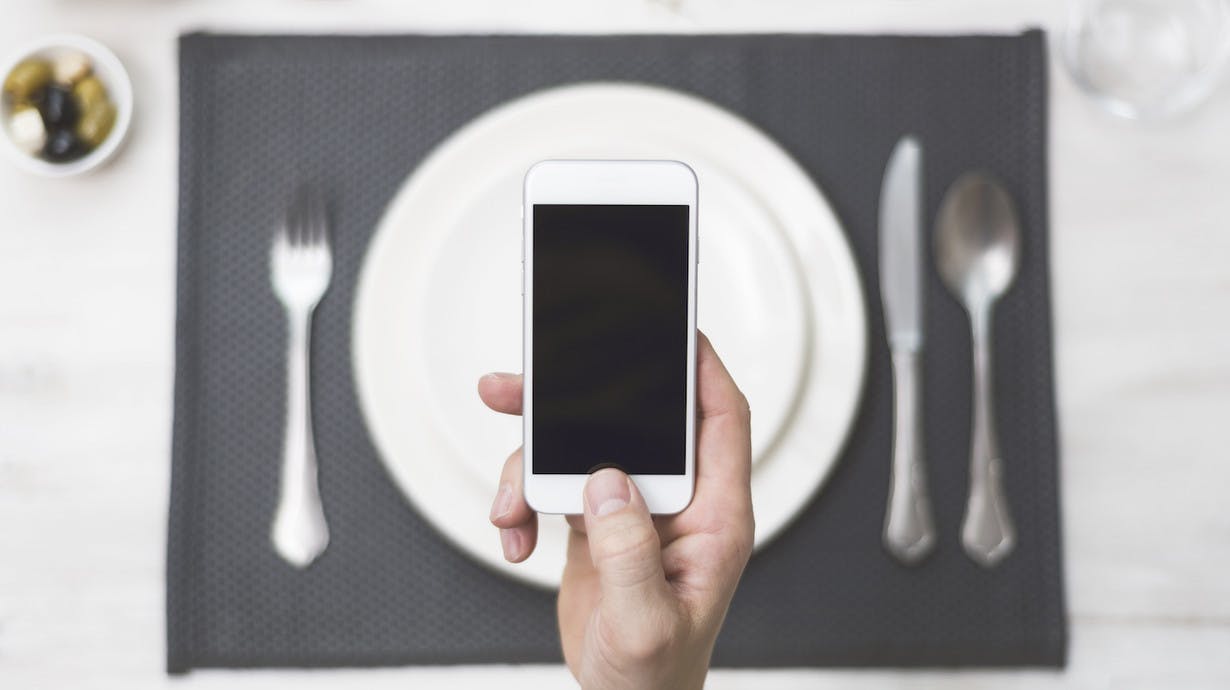
Whether you’re starved for time or just plain hungry for your favorite treat, quick-service restaurants (QSRs) and mobile apps are a match made in heaven. Consumers get the benefit of exclusive deals, valuable loyalty programs and the ability to place their orders in advance. Meanwhile, QSR brands gain new opportunities to connect with their customers and drive incremental sales. Indeed, Starbucks already generates 8% of its U.S. transactions from mobile orders, and Business Insider expects mobile ordering apps to grow into a $38 billion business by 2020. Here’s a look at seven ways the top QSR brands are engaging their mobile app users.
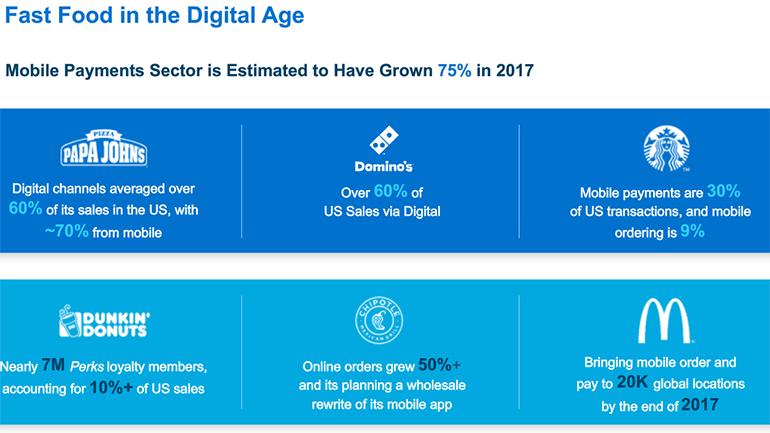
Social app install ads
Before you can engage users, you have to get them to download your app in the first place. That’s why brands like Dunkin’ Donuts and McDonald’s use social media ads that encourage customers to install their apps. By advertising the benefits of your in-app loyalty program or a new in-app promotion, you can give social media users a great reason to engage with you further.
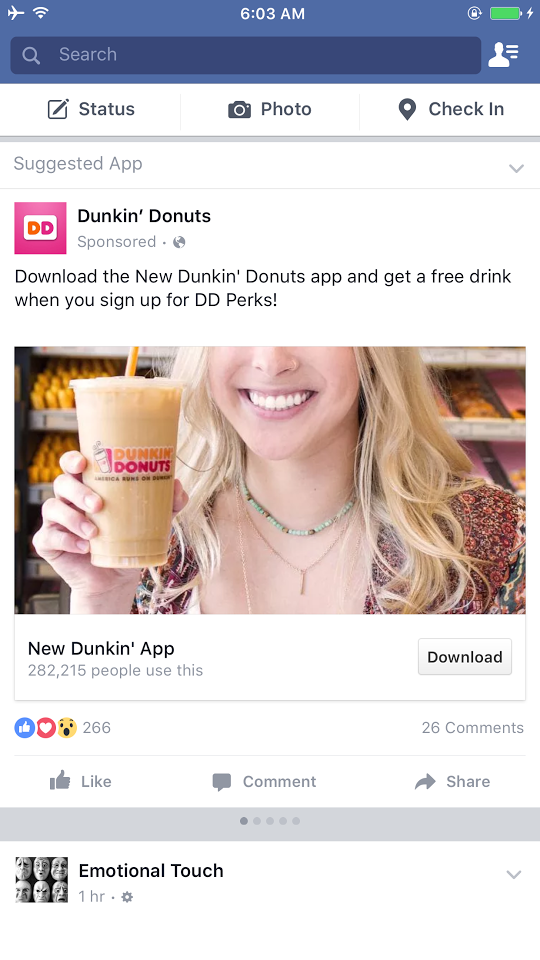
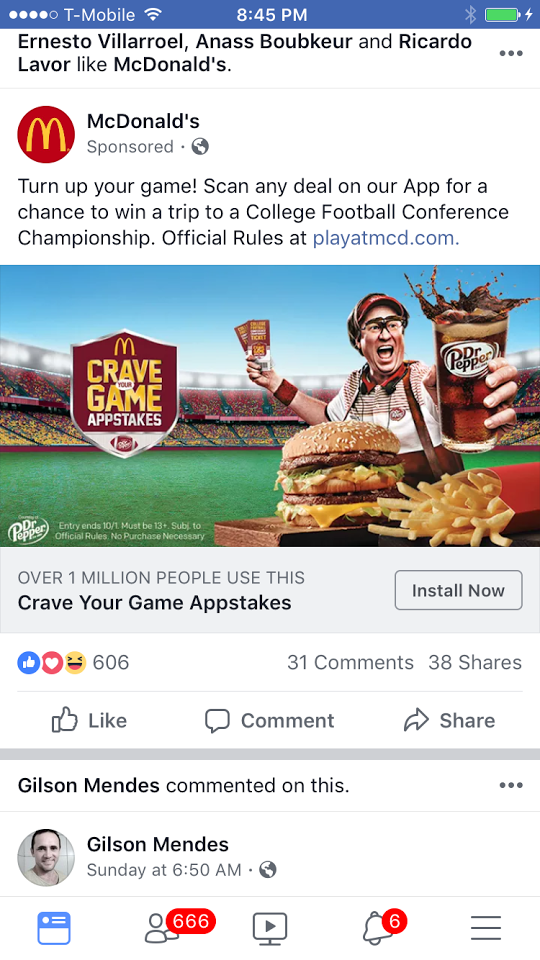
Incentivized early engagement
Free and discounted products can turn new users into returning customers, right off the bat. Though these offers initially lower your profit margins, they can pay big dividends down the road.
For instance, when Chick-fil-A launched its app in June 2016, it offered a free chicken sandwich to anyone who downloaded it during the first 11 days. As a result, the brand generated more than 1 million downloads during the app’s first three days of existence. Within less than a year, the company was able to grow that initial base into more than 2 million monthly users.
Long-term rewards programs
Early incentives ensure that consumers will use your app once or twice, but a long-term loyalty rewards program can lock them in for the long haul. Starbucks customers must purchase $150 worth of product to reach “Gold Status,” which only then enables them to start collecting points toward a reward. McDonald’s sits somewhere in the middle, incentivizing new users to buy any five McCafé drinks to get a sixth one free.
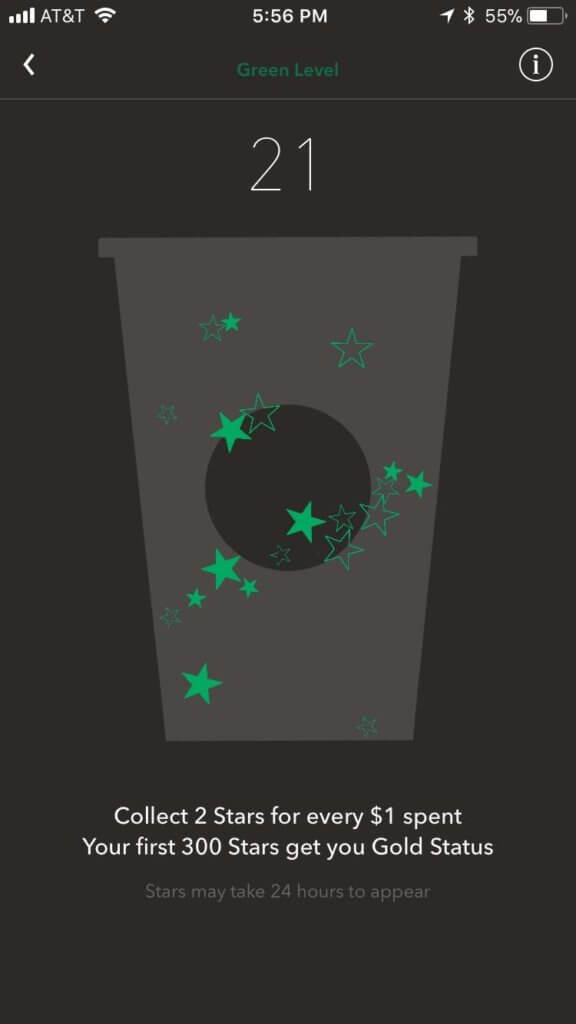
Building loyalty through exclusivity
Another way to develop loyalty with new users is by providing exclusive access to special experiences and product offers. This makes your app more sticky, as people can’t delete or ignore it without locking themselves out of your in-app exclusives.
As an example, Shake Shack sent its users a push notification offering app users early access to its new chili menu. For the more adventurous eaters, app menus provide the opportunity to “menu hack,” or explore different ingredient combinations that aren’t available through the in-store menu. This capability has become one of the Taco Bell app’s most popular features among fans, who use the app to build all kinds of new creations. Offers like these act as an upsell, as the customer still has to pay full price for the special product or experience.
Geo-based personalization
QSR brands have numerous opportunities to personalize the user experience based on the customer’s location.
In addition to helping people find their nearest store, Panera smooths over logistical hurdles by telling customers when it won’t be able to prepare an order by the time they get to the store. The company’s fans now place more than 1.3 million digital orders each week, accounting for more than a quarter of the company’s total orders. Chick-fil-A does not allow app users to place an order for a store unless they are within a certain distance of it.
The power of push notifications
Push notifications are an effective tool for sending your customers highly visible messages on a one-to-one basis. As long as you’re careful not to send too many, a well-timed notification can be a great way to tell the user how much your app has to offer.

Realistically, push notifications can be used to drive actions throughout the funnel. McDonald’s uses them to tell people about coupons available in-app and Starbucks sends them to educate customers about its rewards program.
Email as an extra layer
Many top QSR brands use email to reinforce their in-app offers and messaging. This is especially useful as a tactic for getting the attention of users who may have their push notifications turned off.
In fact, Smashburger sometimes delivers the exact same message via an email and a push notification, sending out the two alerts within minutes of each other.

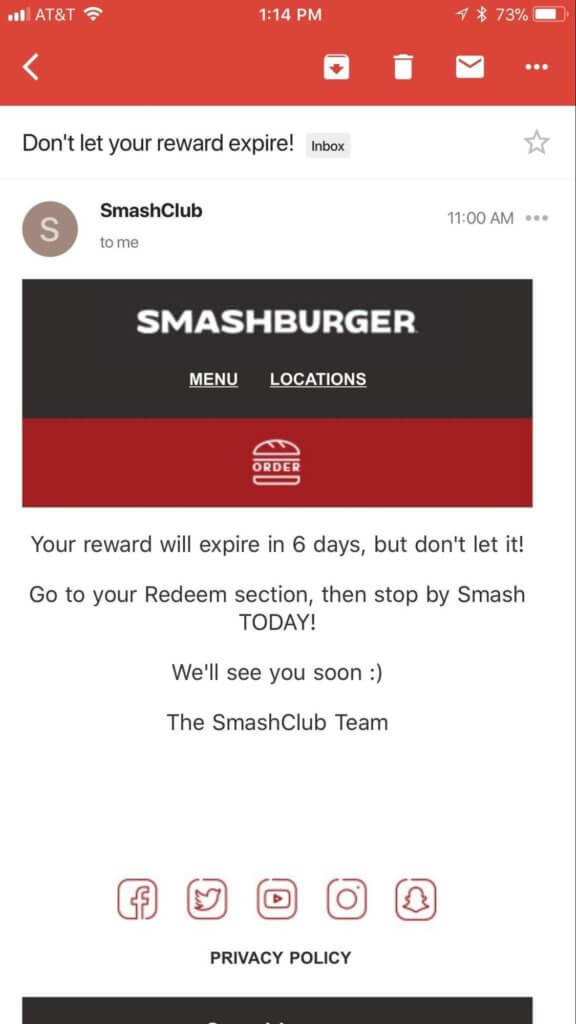
—
Ultimately, there’s no one set path that QSR brands should use to engage mobile users. However, whatever they do must be tied to a strong customer data platform that allows them to use the full scope of their data to provide greater convenience to their users.
After all, what the mobile apps we’ve discussed today prove is that the “happy meal” of the future isn’t a free toy — it’s a more valuable, more personalized customer experience.
Want to learn more about mobile engagement? Check out our recent conversation with marketing leaders from Starbucks and Postmates.




